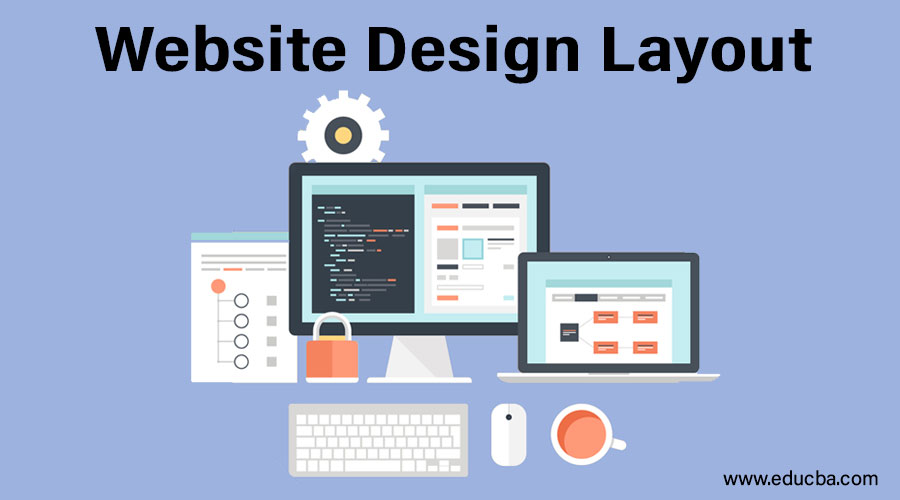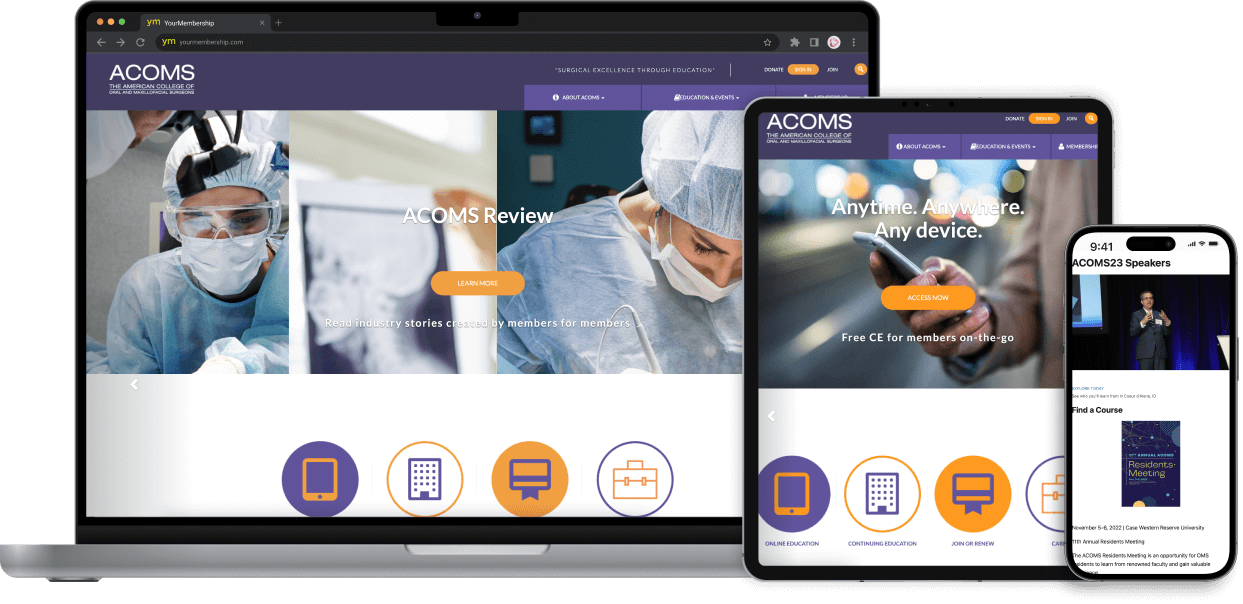Website Design for Small Businesses: Affordable Solutions for Success
Modern Web Site Layout That Records Attention and Converts
In a progressively digital landscape, modern-day site style has actually become an essential aspect in recording customer interest and driving conversions. By strategically utilizing visual power structure, receptive layouts, and involving interactive elements, designers can develop experiences that not only attract site visitors but additionally assist in meaningful communications. Reliable call-to-action methods play a vital duty in assisting individuals toward wanted outcomes. As we discover these essential components, it becomes clear that comprehending their interaction can considerably affect a website's performance and individual complete satisfaction. What are the vital elements that truly make a distinction?
Importance of Visual Pecking Order
Visual hierarchy is an important component in website layout, as it overviews customers' focus and boosts their general experience. By strategically organizing web content, designers can direct customers to the most crucial information first, thereby boosting interaction and improving use.
Including a logical flow in content setup is necessary; for example, placing one of the most crucial info on top of a page promotes prompt acknowledgment. Constant usage of typography, such as varying font sizes and designs, helps develop a clear content structure. This company not only help in navigation however likewise constructs depend on, as individuals feel much more comfy when they can easily find what they are looking for.
Inevitably, a well-executed aesthetic hierarchy not only enhances aesthetic allure yet likewise substantially impacts user habits. By focusing on essential aspects and making sure a smooth experience, developers can effectively convert visitors into clients, strengthening the relevance of this foundational style concept in contemporary website growth.
Responsive Layout for All Devices
Producing a seamless experience throughout various tools is crucial in today's digital landscape, where users access web sites from desktops, smartphones, and tablet computers alike. Receptive layout is an important technique that guarantees websites adapt fluidly to various screen sizes, resolutions, and alignments. By using flexible grids, images, and CSS media queries, developers can develop layouts that maintain visual integrity and capability, despite the tool being used.
The significance of receptive design prolongs past aesthetic appeals; it straight influences individual interaction and conversion rates. A site that functions well on all devices encourages longer visits and reduces bounce prices, as customers are more most likely to engage with material that is very easy to navigate. Search engines, especially Google, focus on mobile-friendly websites in their rankings, making responsive style a crucial part of search engine optimization (SEO)
Integrating receptive layout not just enhances user experience however also simplifies the advancement procedure. By developing a solitary site that functions throughout tools, organizations can conserve time and resources contrasted to establishing separate mobile and desktop computer variations. Eventually, responsive design is a basic strategy for modern internet site design, making certain accessibility and fulfillment for all customers, despite their gadget.
Involving Interactive Components
While a receptive design prepares for a practical website, incorporating appealing interactive components is vital for capturing individual focus and cultivating much deeper links. Website Design. Interactive components, such as animations, tests, and clickable infographics, create an extra dynamic customer experience, urging site visitors to spend more time on the site
Integrating interactive features can also guide users via facility details, making it less complicated to absorb material. Interactive sliders can illustrate item variants, while embedded video clips can give demos or testimonies that resonate more than fixed pictures or message. Gamification strategies, like incentives for finishing tasks or engaging with web content, can improve individual inspiration and retention.
Efficient use interactive components not only enriches the user experience yet can additionally cause higher conversion rates. By making communications enjoyable and insightful, businesses can grow a sense of commitment and trust fund with their audience. Nonetheless, it is necessary to stabilize interactivity with you can try this out efficiency; excessively complex functions might prevent site speed, negatively influencing user satisfaction. Ultimately, integrating properly designed interactive aspects can dramatically raise a site's efficacy, driving involvement and conversions in today's competitive electronic landscape.
Streamlined Navigation Practices
Efficient navigating is a cornerstone of any type of successful site, as it straight influences individual experience and material ease of access. Streamlined navigating techniques make sure that customers can easily situate details, enhancing their interaction with the website. A well-structured navigating menu ought to be user-friendly and basic, generally featuring a limited number of primary groups to stay clear of overwhelming visitors.
To attain structured navigation, developers need to focus on an ordered framework that practically arranges web content. Applying breadcrumb trails can offer users with context regarding their present area within the site, allowing for smooth backtracking. In addition, making use of drop-down food selections can efficiently preserve area while still offering accessibility to subcategories.
Responsive style is important, as navigating needs to be useful throughout all tools (Website Design). Mobile customers, particularly, take advantage of touch-friendly menus and retractable areas that keep usability without compromising visual appeals

Effective Call-to-Action Approaches
A well-crafted call-to-action (CTA) is essential for leading individuals toward wanted end results on an internet site, as it urges them to engage with content or purchase. To optimize their effectiveness, CTAs need to be clear, engaging, and strategically put throughout the website.
First, make use of find out here now action-oriented language that communicates necessity or worth, such as "Get going," "Sign up with Now," or "Case Your Discount rate." This language not just motivates customers but additionally establishes clear expectations about the following steps.
Second, take into consideration style components; CTAs need to stand out aesthetically via contrasting colors, adequate whitespace, and prominent positioning. A button that is very easy to see and click rises the likelihood of user interaction.
Furthermore, personalizing CTAs based upon individual habits or demographics can substantially enhance engagement. Tailored messages resonate more with individuals, driving higher conversion rates.

Conclusion
These components collectively improve individual experience, making certain that site visitors continue to be involved and motivated to explore material better. By prioritizing these design principles, organizations can dramatically boost individual retention and visit this page conversion rates, eventually leading to better success in the electronic landscape.
In an increasingly electronic landscape, contemporary internet site style has emerged as an essential aspect in capturing individual attention and driving conversions.Visual pecking order is a critical element in internet site design, as it overviews individuals' attention and boosts their overall experience.The value of receptive layout expands past looks; it straight affects customer involvement and conversion prices.Integrating receptive style not only enhances individual experience yet additionally streamlines the advancement procedure. Eventually, responsive layout is a fundamental approach for modern-day website style, making sure access and complete satisfaction for all users, no matter of their gadget.